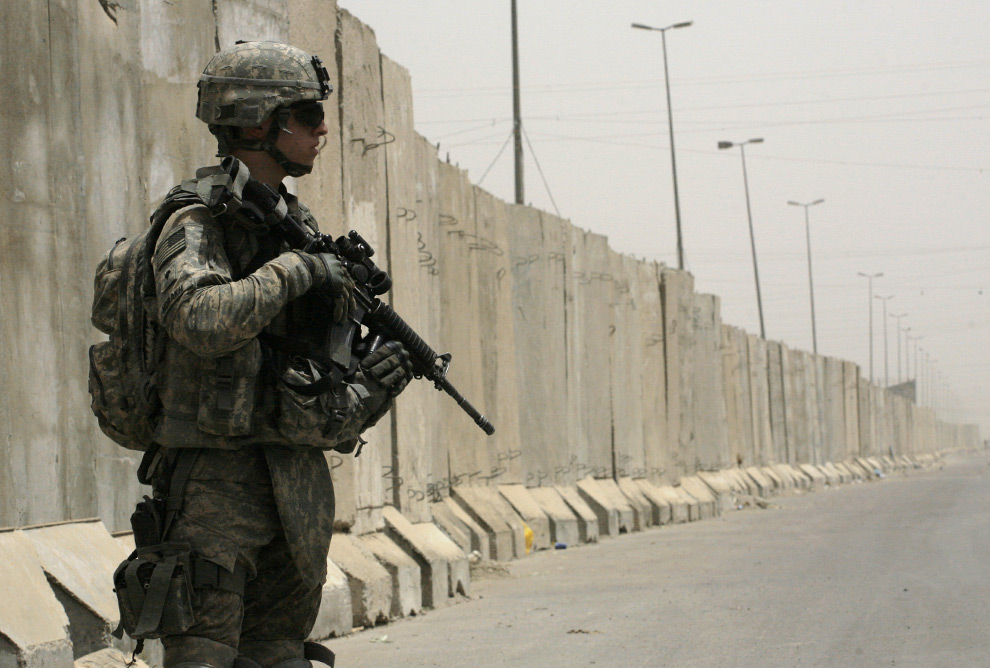
U.S. Army Major John Spencer, an instructor at the Modern War Institute at West Point, has written an insightful piece about the utility of the ubiquitous concrete barrier in counterinsurgency warfare. Spencer’s ode is rooted in his personal experiences in Iraq in 2008.
When I deployed to Iraq as an infantry soldier in 2008 I never imagined I would become a pseudo-expert in concrete. But that is what happened—from small concrete barriers used for traffic control points to giant ones to protect against deadly threats like improvised explosive devices (IEDs) and indirect fire from rockets and mortars. Miniature concrete barriers were given out by senior leaders as gifts to represent entire tours. By the end my deployment, I could tell you how much each concrete barrier weighed. How much each barrier cost. What crane was needed to lift different types. How many could be emplaced in a single night. How many could be moved with a military vehicle before its hydraulics failed.
He goes on to explain how concrete barriers were used by U.S. forces for force protection in everything from combat outposts to forward operating bases; to interdict terrain from checkpoints to entire neighborhoods in Baghdad; and as fortified walls during the 2008 Battle for Sadr City. His piece is a testament to both the ingenuity of soldiers in the field and non-kinetic solutions to battlefield problems.
[NOTE: The post has been edited.]
